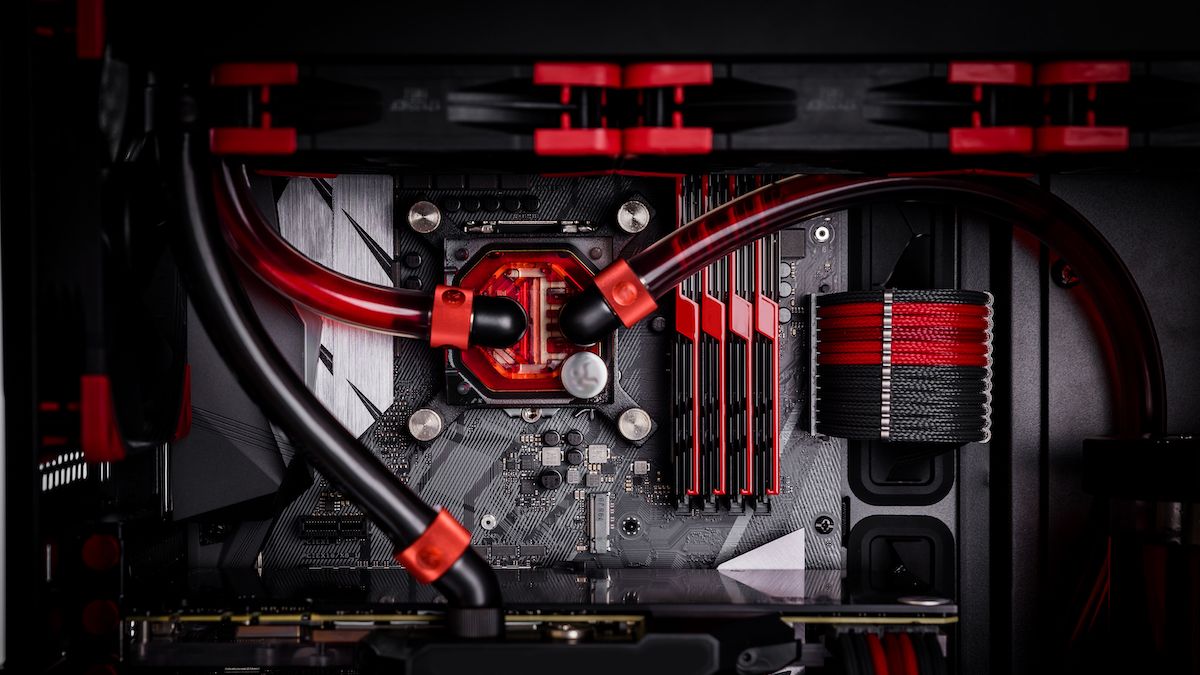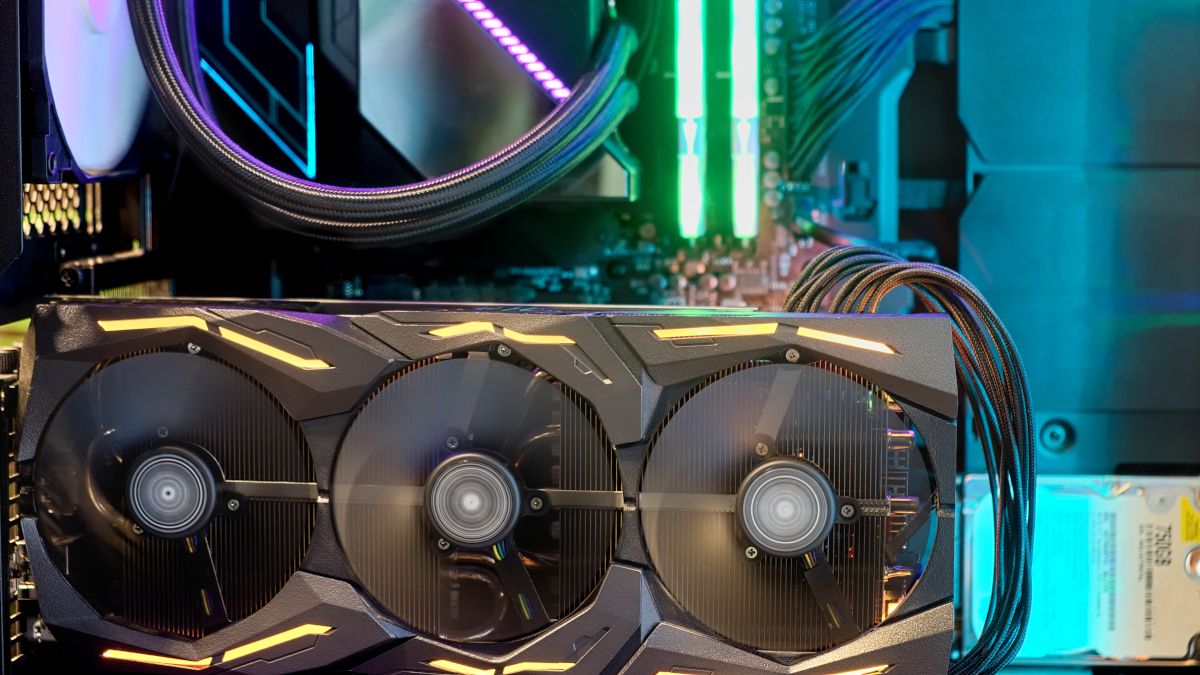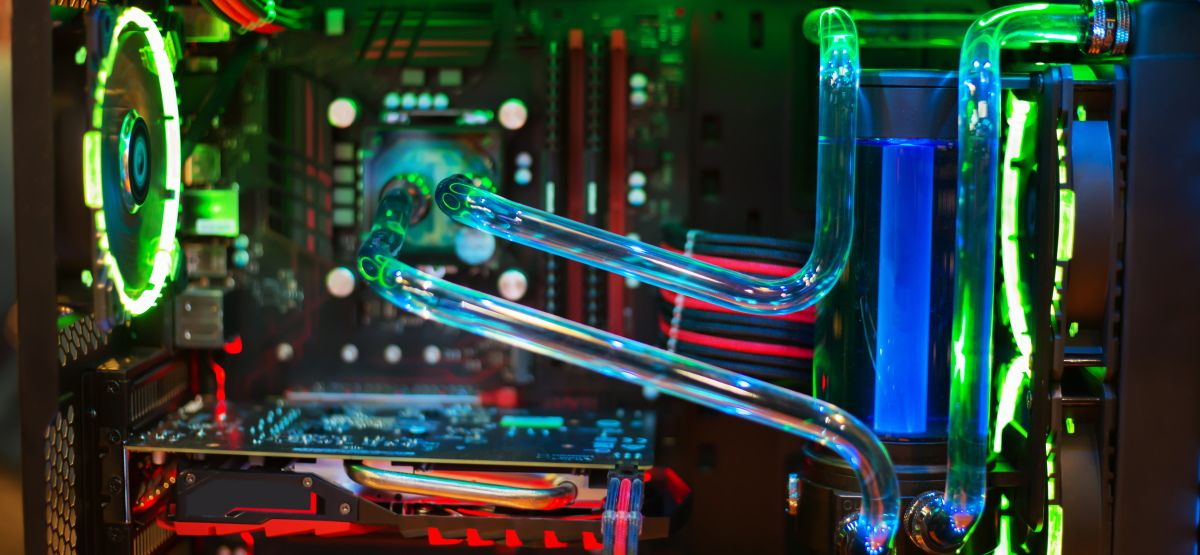If you're shopping parts for a gaming PC, you might be considering an aftermarket water cooling solution. There are plenty of options out there, but which one should you choose, and what factors should you take into account?
In this post, we'll round out what you should look out for in an all-in-one (closed) water cooling solution, so you're able to make a more educated purchase.
Check the Radiator
All water cooling solutions come with a radiator to help dissipate heat. Like the radiator in your car, the radiator in your PC can help you dissipate heat --- coolant moves heat away from your CPU and into the radiator, where computer fans are installed that blow that excess heat out of the system. Before installing a radiator, though, you need to know which one you need to fit, and whether you can even fit it into your PC's case.
Radiators in AIO water coolers normally come in three different sizes --- single, double, and triple radiators. As the name suggests, the first one takes a single fan, the second one takes two fans, and the third one takes three fans. You might also find them as 120mm radiators, 240mm radiators, and 360mm radiators. Some of them are also slightly wider, taking 140mm fans instead of 120mm ones --- you'll find the double and triple versions of those as 280mm and 420mm radiators. There are also quad radiators that take four fans, but those are very rare and frankly, not many people need them.
Which one you'll need will depend entirely on your setup. As a rule of thumb, though, single radiators are best for mid-range CPUs, like the AMD Ryzen 5 or the Intel Core i5. For higher-end chips, like the AMD Ryzen 7/9 or the Intel Core i7/i9, you'll want to get at least a double or triple radiator, since those generate a lot of heat. You can look up reviews of that water-cooling solution and see if anyone is using it with your specific choice of CPU, or a similar one, to be certain about your choice.
And then comes the question of whether you can fit it in your PC. Your choice of radiator should be made before you choose a PC case, as you need to be sure that you can actually install that cooling solution comfortably. While single radiators can be installed on any fan vent in your PC case, double and triple radiators take a decent amount of space. Normally, though, in most cases, you'll find a top vent specifically made for radiators that take up the top of your case, so you can probably buy one of those as long as you've made sure it fits properly.
Examine the Heatsink
The heatsink is the part of the water-cooling solution that's actually attached to the CPU. Also known as the block, it draws heat out of your CPU, so you need to make sure that the block itself is solidly made.
In reality, though, it's pretty hard to get a block wrong. As far as material goes, copper blocks are considered to be better heat conductors than aluminum blocks, so if you get a cooling solution with a copper block that has a decent amount of thermal mass, then you're probably golden.
When you're buying it, though, you need to check if that block properly supports your motherboard's socket, and that it has an appropriate mounting solution. The vast majority of water cooling solutions come with brackets and mounts for both Intel and AMD CPU, but if you have a newer or older chip, make sure to check if the cooling solution has the mount you need before you buy it. Some blocks might also be Intel-first or AMD-first, and while they might have mounts for the other CPU brand, the fact that it's an afterthought might complicate installation.
Look for a Reputable Brand
Last but not least, you need to make sure that the water cooling solution is actually made by a reputable brand, and whether the specific product you're buying is any good. There are a number of cheaper water cooling solutions that can fail within months --- the pump might fail, or the radiator might have a defect.
Generally, brands like EKWB, Corsair, and Cooler Master are regarded as being the golden standard of liquid coolers, since they're efficient at cooling and they last a long time. But all of it will, of course, come down to the quality of those specific products.
It's better to overspend than underspend when it comes to the quality of your liquid cooler, as a damaged or otherwise inefficient cooler can shorten the lifespan of your CPU and, eventually, your whole PC. And if you need to priorize something, you might want to ditch things like RGB lighting and flashy features in general.



